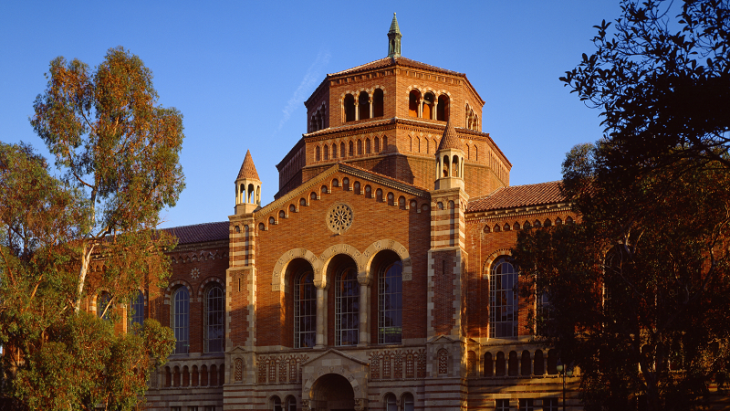Amidst Tales of Population Decreasing, Number of Millionaires and Billionaires Rise
By Dolores Quintana
Amidst population shifts, exorbitant housing costs, and corporate dynamics, California maintains its allure as a global haven for wealth. Despite these challenges, the state has witnessed an influx of ultra-rich residents in recent years, contributing to the expansion of the world’s fifth-largest economy, as reported by Bloomberg. However, this prosperity stands in contrast to a backdrop of deepening inequality.
The prevailing dynamics take on even greater significance in a year marked by stock market rebounds and the flourishing of the artificial intelligence industry within the state, giving rise to new fortunes. Concurrently, growing disparities between workers and executives have positioned California at the heart of the resurgent labor movement in the United States. Strikes have reverberated from hotel staff near Disneyland to dockworkers, nurses, Hollywood writers, and actors, all demanding equitable compensation.
Through July of this year, California’s billionaires collectively amassed an additional $270 billion in wealth, as per the Bloomberg Billionaires Index. Remarkably, the state boasts more than 113 billionaires than any country other than China. The proliferation of millionaires has outpaced any decline in high-net-worth taxpayers during the pandemic.
According to the most recent personal income tax data from the state’s Department of Finance, California added over 116,000 millionaire taxpayers from the end of 2019 to 2021. This figure exceeds the total for the previous decade combined, constituting a record for a two-year span. Notably, the number of residents earning over $50 million surged by 158% to reach 3,182.
However, these figures may underestimate the true extent of affluence. While tax data captures salaries and proceeds from stock and real estate transactions, the ultra-wealthy often sidestep income taxes by borrowing against their wealth rather than liquidating assets that might incur taxation. More than 288,000 Californians, equivalent to 0.7% of the population, reported incomes exceeding $1 million in 2021. By comparison, New York witnessed an increase in the number of millionaire taxpayers to around 80,000 people, representing 0.4% of its population, during the same period.
Cristobal Young, a professor at Cornell University with expertise in wealth migration, emphasized the unprecedented surge in the number of millionaires, remarking, “We’ve never seen an absolute growth in the number of millionaires like this data. Ultimately, California is a great place to make money.”
While the state’s wealthiest individuals amass newfound riches, wage stagnation prevails at the lower end of the income spectrum. California’s population has declined for three consecutive years — a first in its history — attributed primarily to lower and middle-income residents migrating to more affordable locales such as Texas and Arizona. In July, the Department of Finance drastically adjusted its population projections, indicating that the state’s resident count in 2060 will be comparable to its current figure.
The dichotomy deepens as only a fraction of residents can afford a median-priced house while homelessness reaches crisis levels. California ranks fourth among US states in the Gini coefficient, a measure of inequality, ascending two places from 2019 to 2021.
As California navigates these juxtaposed narratives of prosperity and disparity, it underscores the complex landscape of economic growth and social challenges within one of the nation’s most dynamic regions.





















